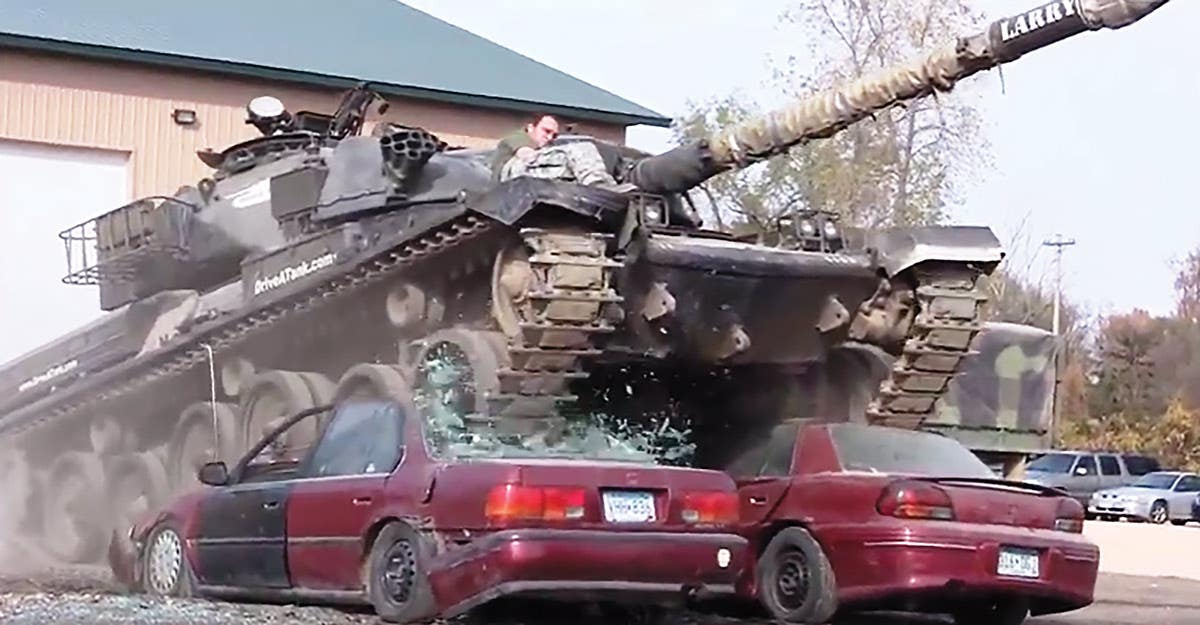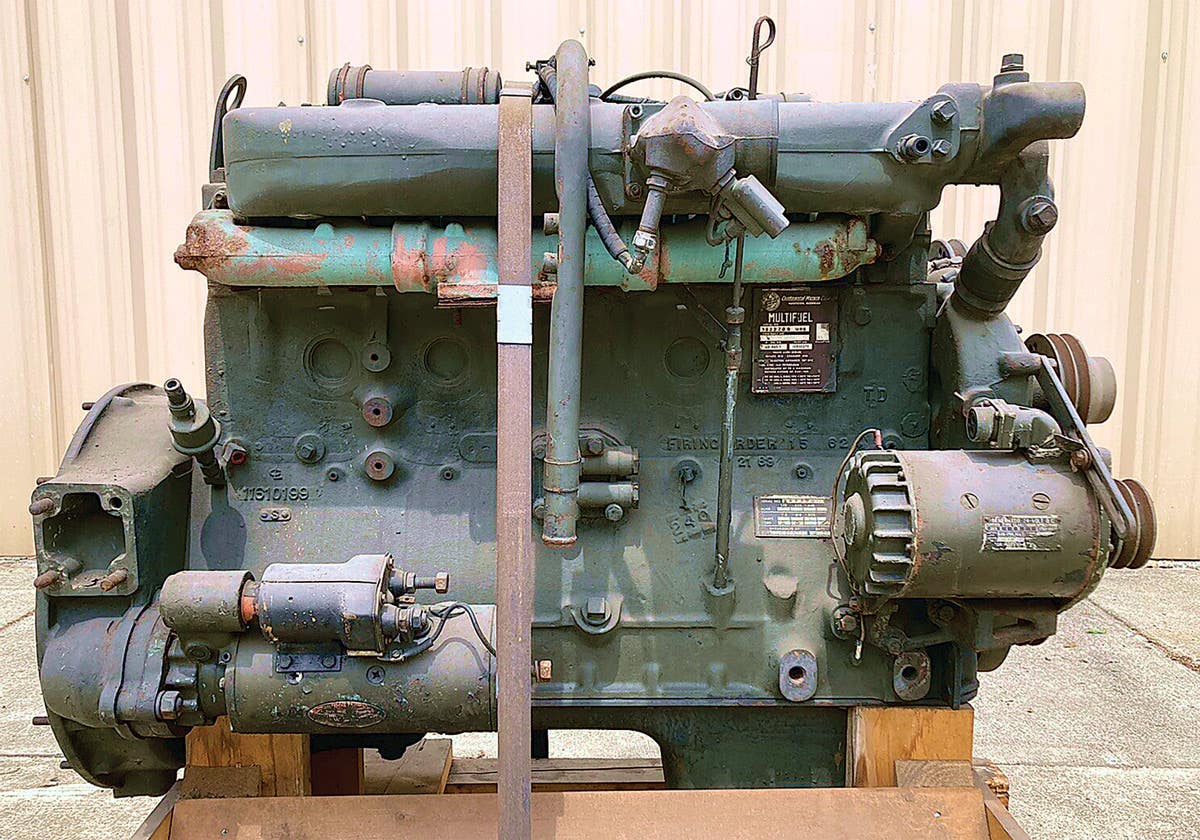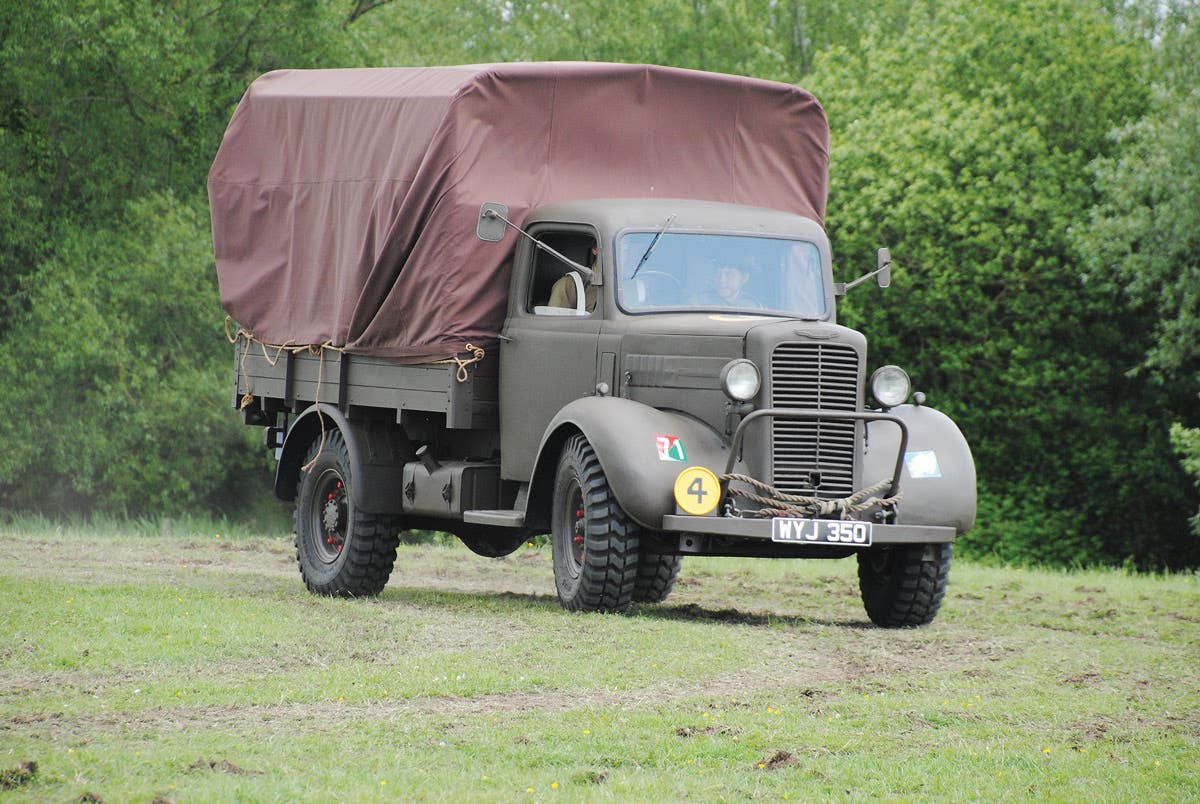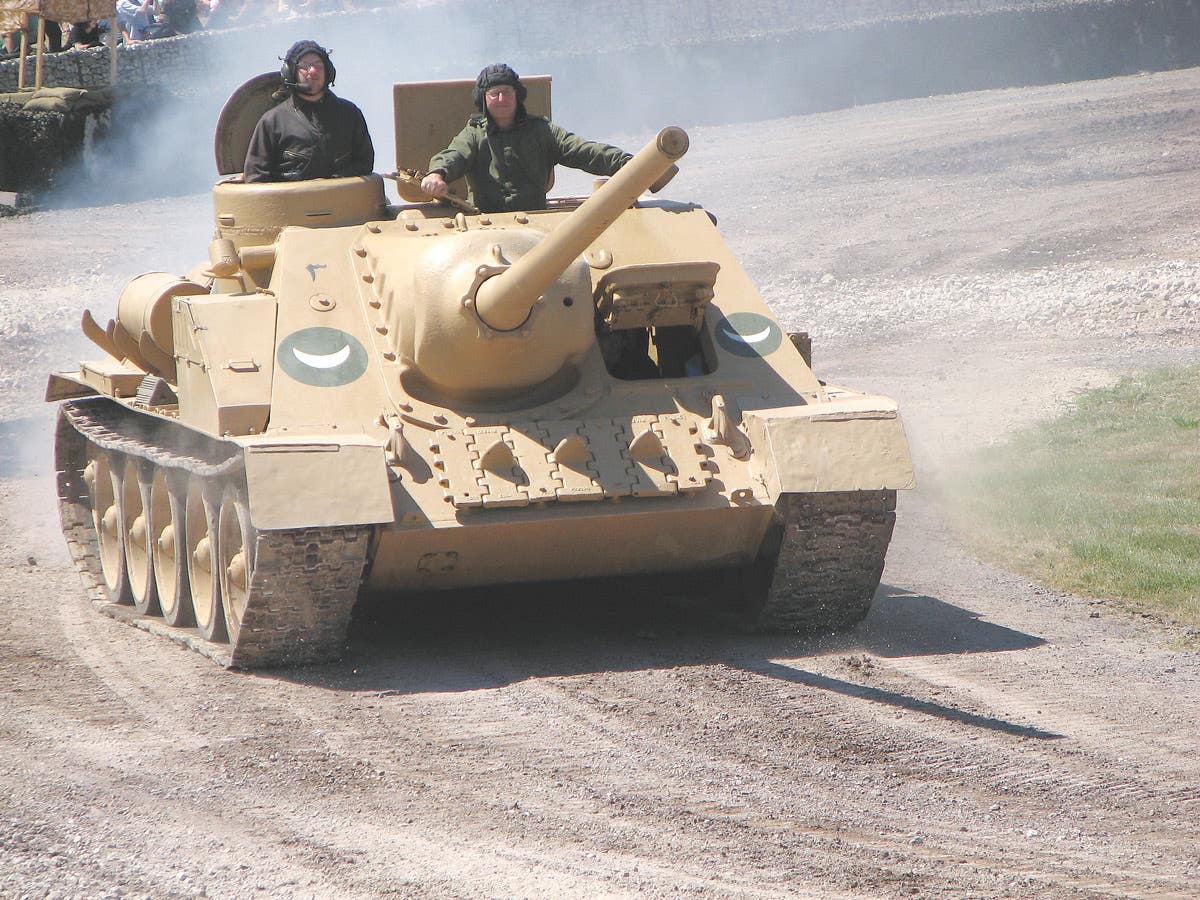A look at the ‘Heavy Duty’: U.S. wartime wreckers have long been unsung heroes
Getting the job done is the backbone of a successful military. These wreckers lived up to the task in a large way.
The development of the mechanized United States Army unfolded slowly. The “army mule” had long been considered an icon and soldiers — like other Americans — were aware of a growing competition between machine and beast. At the turn of the century,-and for a few years afterwards, military commanders resisted the adoption of the smoky, smelly horseless carriages that scared their army horses and donkeys.
Around 1900 some Woods Electric cars were sent to the Philippines for use by U. S. Army occupation forces, but there’s no indication that motor cars had been employed stateside that early in the 20th century. It wasn’t until over a decade later--in 1912--in an Army trial from Washington D.C. to Ft. Benjamin Harrison, that serious testing of trucks for military use was done. Seven trucks started the 1,500-mile trip, but only two finished. It took them 45 days.
In 1915, U.S. Army records show that the military owned just 80 trucks and 35 automobiles. Then, Gen. Pershing took a fleet of Dodges to Mexico to chase down villain Pancho Villa. After that, things began to change. Soon after entering World War I, the U.S. government purchased 10,550 trucks and 500 motorcycles. The war on wheels was underway.
It didn’t take long to realize fighting vehicles could break down, whether from hard field use or from being damaged by incoming artillery shells. A photo in Fred W. Crismon’s book U.S. Military Vehicles shows a 1918 Velie truck with a primitive wrecker body at Kelly Field in Texas. It may be the first documented military recovery vehicle — but it wasn’t the last.
By 1920, huge wreckers were on duty hauling large Army trucks out of trouble. Crismon’s book shows a Liberty truck fitted with twin-boom wrecking equipment winching a similar truck to safety. “This wrecker mechanism was considered innovative in 1920 and was widely advertised as the ideal solution for retrievals,” Crismon noted. “The drum on the rear axle hub was for self-recovery winching.”
In 1941, the Ernest Holmes Co., of Chattanooga, Tenn., used a Diamond T COE truck to showcase its “modernized wrecking and towing equipment.” Holmes’ Demonstrator No. 60 carried the company’s latest power-operated twin-boom wrecker equipment in a streamlined body with lots of bright metal trim. The heavy-duty Holmes Wrecker unit featured the best in industry technology available at that time. A promotional postcard said of this truck, “Its actual earning ability is amazing and almost unbelievable — but greater still is its value as an advertising medium. The entire community knows you are progressive — wide awake and a leader in your line.” Then, came World War II.
A few classics military wreckers
No history of military wreckers would be complete without mentioning Diamond T’s World War II production and no history of tow trucks could leave out the heavy-duty Diamond T wreckers used on the battlefields of Europe and Asia. When the fighting ended, many military surplus units were purchased by towers all over the country.
Another popular World War II military truck was the “deuce-and-a-quarter” (2 1/2-ton) M60 built by REO. This 6 x 6 Monmouth had a 20,000-lb. winch mounted at the rear. It was essentially the same as the M108 (a crane truck utilizing the M35 cargo-truck chassis), but its platform was changed slightly so it could carry additional tools and equipment needed for salvage work and military vehicle recovery work.
A revolving crane was mounted on the rear of the truck. It could swing 270 degrees between its stops on either side. The crane’s capacity was 8,000 lbs. with its outriggers down and with the tow boom elevated and retracted. With the boom extended, its capacity was “only” 4,000 lbs.
The Diamond T 969 was another huge wrecker. Development work on it began in 1939. Most of the photos accompanying this article show a Diamond T 969 wrecker that is part of the historical tow truck collection at the Towing & Recovery Museum in Chattanooga, Tenn.
The 969 model was built from 1940-1945. It was a 6 x 6 heavy wrecker that made use of a 106-hp 529-cid Hercules RXC inline six-cylinder engine. Power was transmitted via a five-speed gearbox and flowed through a two-speed transfer case.
The 969’s Model W45 wrecker body was built by the Ernest Holmes Co. of Chattanooga, Tenn. The 969 featured twin-boom recovery equipment. The twin power booms could be swung out to the sides of the truck. These had a capacity of five tons each with the outriggers employed. Large quantities of recovery, hand, vehicle and pioneer tools, specialized recovery equipment and an air compressor and welding appliances were 969 accessories.
Three versions of the 969 were eventually produced. They were the 969, the 969A and the 969B. Both open-cab and closed-cab body styles were made. The recovery equipment was rated at a nominal 10 tons (five per boom) and there was a front-mounted power take-off in the transfer case, that could be used separately or in conjunction with the recovery booms.
Another World War II classic was the M1 wrecker. It was a 6 x 6 6-ton giant produced by both Kenworth and Ward LaFrance. It had a maximum towed load capacity of 70,000 lbs. The main part of the vehicle was a large Garwood wrecker body with a heavy tow winch in the rear. An A-frame main mast supported the overhanging boom. Boom-winch capacity was 16,000-20,000 lbs., depending on the model. It could lift about eight tons, but it could tow much more than that. A 47,000-lb. drag winch was located behind the large mast-and-boom.
Power for the M1 came from a 501-cid Continental 22R six with 145 hp. The M1A1 was on the same chassis, but featured an open military-style cab. Standard accessories included hand, vehicle and pioneer tools; spare parts, a fire extinguisher; welding and cutting tools; recovery equipment and salvage equipment. These rigs probably carried the most tools of any WWII trucks.
Another kind of battlefield recovery vehicle was a monster known as the Pacific M26A1 tractor. The 12-ton 6 x 6 truck was one of the largest used by the U.S. Army in World War II. If a tank broke down, this rig went to get it. In case a breakdown occurred in enemy territory, the M26A could scoop it up relatively quickly.
The M26A was a “crew-cab” semi-tractor with a 1090-cid Hall-Scott 440 six-cylinder engine generating 240 bhp. It carried a 40,000-lb. front winch and two 60,000-lb. winches at the rear off the frame, between the fifth-wheel and cab. A boom-and-chain hoist was included for changing tires . . . the kind of job no one really looked forward to.
A tank could easily be loaded on the large M15A1 drop-frame semi-trailer. The center cargo deck that carried the tank was lower than the fifth-wheel unit. Eight large single combat wheels were used at the rear. Large hinged ramps were provided, too. When lowered, a tank could be pulled on to the trailer by the rear winches on the M26 tractor. The 462-inch-long trailer was rated at 45 tons, but 60-100-ton loads could be hauled. These trailers weighed 42,370 lbs.
A second type of tank retriever was the M32B1, which looked like a tank itself. It was built on the M4 Sherman tank chassis and had the same basic configuration, except that the turret did not carry a canon. Instead it had a A-frame-type towing boom. These were fully-tracked armored vehicles that could recover an incapacitated tank in rough terrain, even under battle conditions.
These are only a few of the towing vehicles that were used by America’s Armed Services during World War II. If Khacki-Green heavy-duty wrecker lights your fire, see if your local library has a copy of Crismon’s 472-page Crestline book.
From the staff of North America's no. 1 historic military vehicle source -- Military Vehicles Magazine








